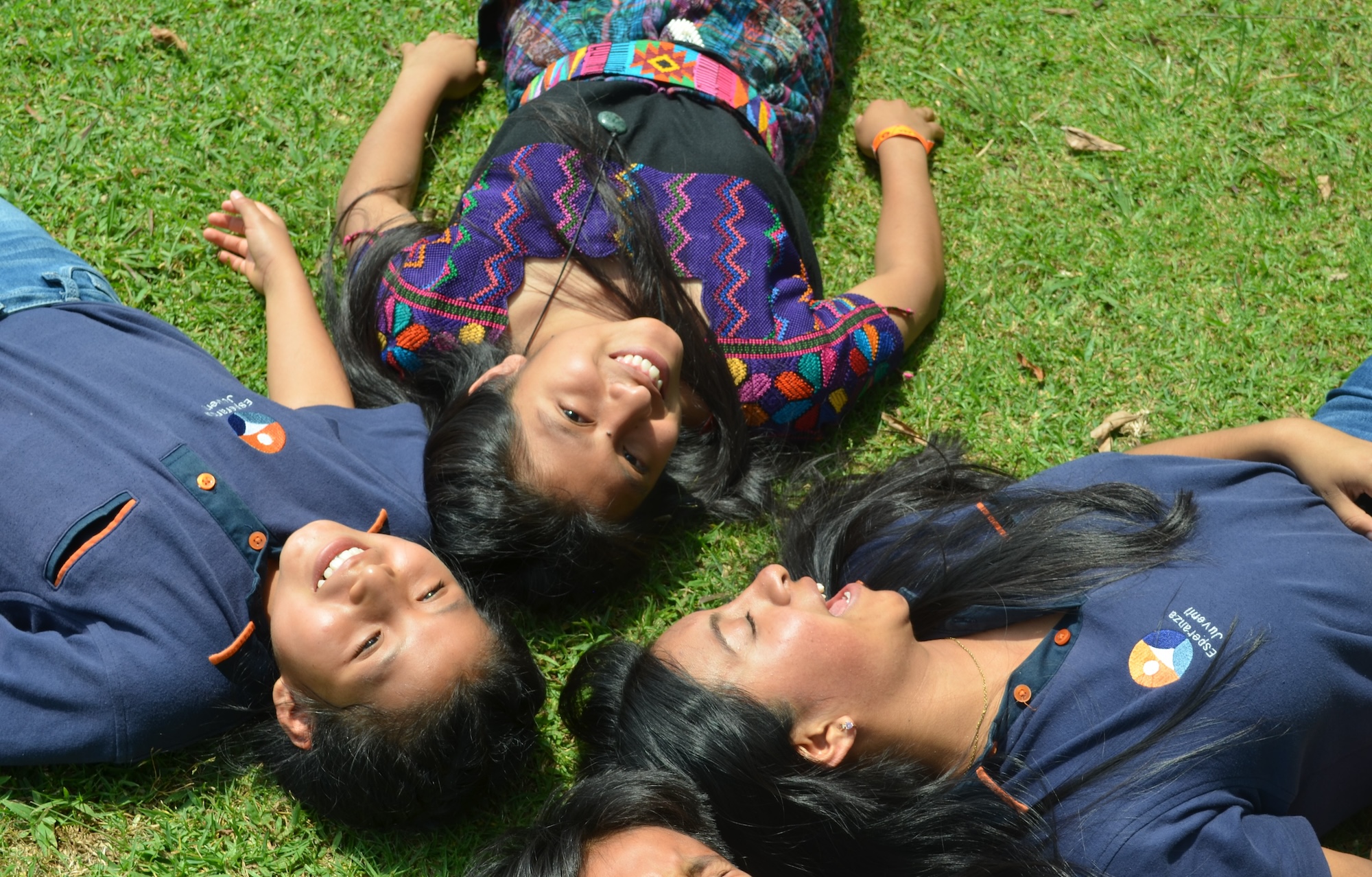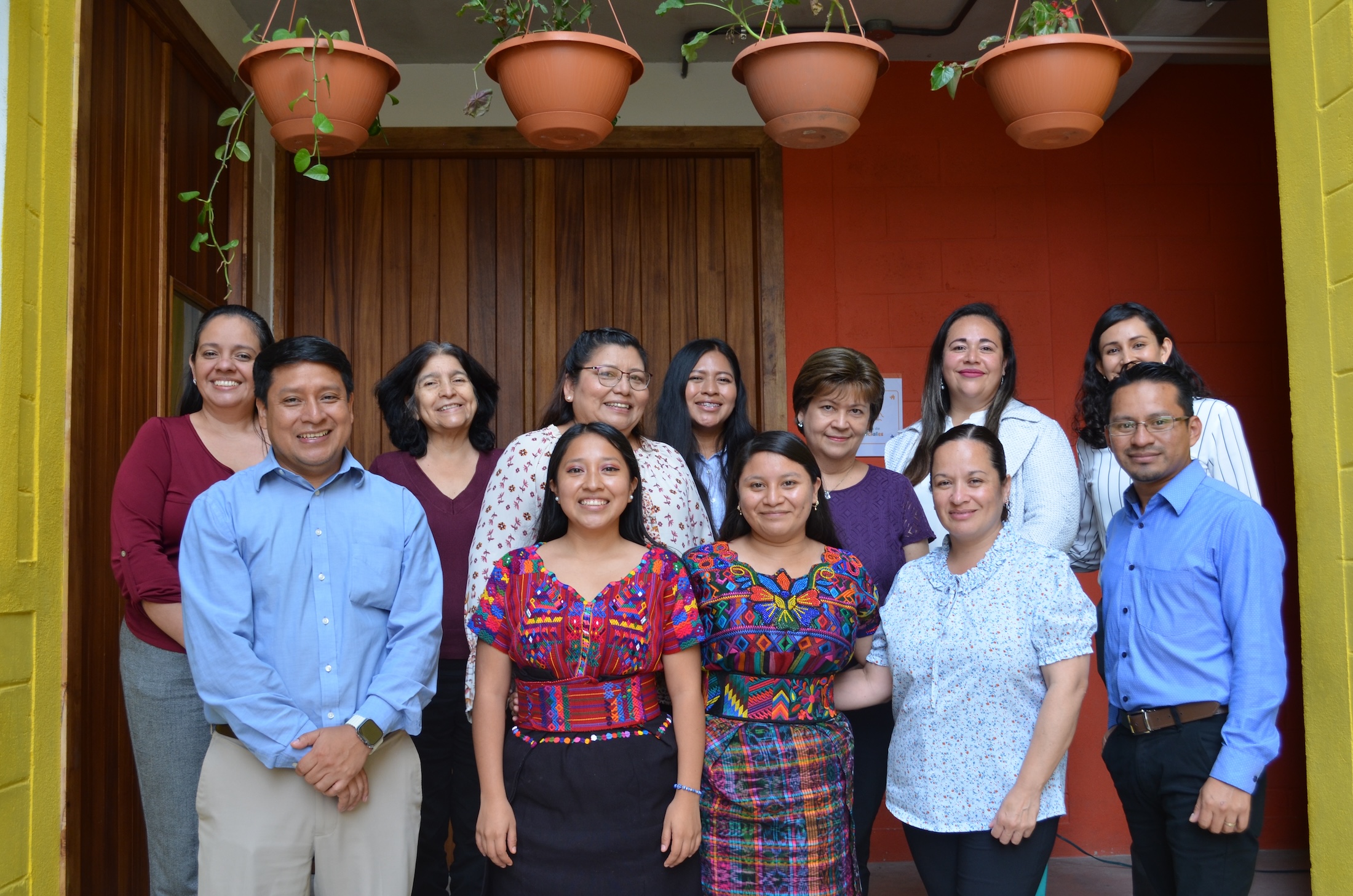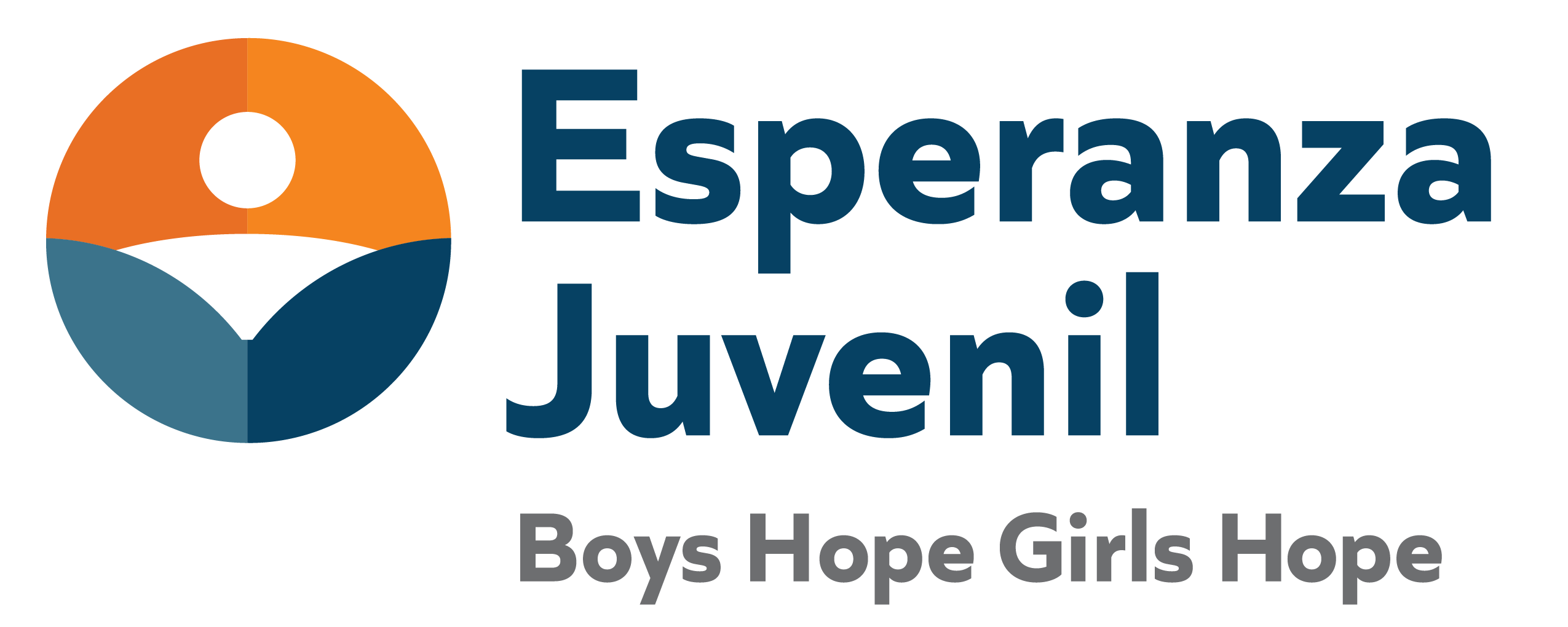We are Boys Hope Girls Hope of Guatemala
(Esperanza Juvenil)
Boys Hope Girls Hope of Guatemala (Esperanza Juvenil) helps motivated high school students rise above disadvantaged backgrounds. Our goal is to graduate young people who are physically, emotionally, and academically prepared for post-secondary education and productive life, breaking barriers so they can become community-minded leaders.
Boys Hope Girls Hope firmly believes that young people have the power to overcome adversity, realize their potential, and help transform our world. They create these successes when we remove obstacles, support and believe in them, and provide environments and opportunities that build on their strengths.
Esperanza Juvenil is a proud member of the Boys Hope Girls Hope Network. Our Network Headquarters, located in St. Louis, Missouri, connects, provides leadership to, and offers signature college-preparatory programming to affiliates across the nation, Mexico, and Guatemala. Each affiliate is independently incorporated, governed by its own board of directors, and responsible for its own fundraising. Affiliation and services agreements link the Network to ensure mission and brand fidelity, quality operations, maximum functional capacity, and consistency in training, programmatic standards, and best practices.

OUR MISSION
To nurture and guide motivated young people in need to become well-educated, career-ready men and women for others.
OUR DNA
These are the fundamental and distinctive characteristics of our organization.
Academic Focus
We believe in the transformative power of education to develop lifelong learners.
Service and Community Engagement
We believe in the Jesuit-inspired, values-centered hallmark of building “persons for others.”
Family-like Settings to Create a Sense of Belonging
We believe youth derive their energy and sustenance from exposure to nurturing environments.
Long-Term and Comprehensive Commitment
We believe an enduring relationship with youth holds the most promise for attaining positive outcomes.
Faith-Based Values
We believe that a loving God cares about the life of every individual and we manifest this belief.
Voluntary Participant Commitment
We believe in the motivational power of self-selection into the Boys Hope Girls Hope program.

LOCAL IMPACT
Since 1992, Esperanza Juvenil has been helping scholars rise up from disadvantaged backgrounds and strive for more. Esperanza Juvenil serves children and youth who want to go to college and create successful futures for themselves. Our scholars have joined our program to receive support on their journey to college and beyond. They seek the academic resources, extracurricular opportunities, and mentor relationships we provide.
HISTORY
1992
Esperanza Juvenil was established in Guatemala City with 29 students in 3 residential homes.
2005
Kristin Ostby is designated Regional Director for Latin America and arrives in Guatemala on behalf of Boys Hope Girls Hope to grow the program.
2006
Lucas Pinzon starts as executive director of Boys Hope Girls Hope and the program begins to grow. The 4th house is opened to 12 new girls. The children attend different private schools in Guatemala.
2008
The Esperanza Juvenil Educational Center is inaugurated, approved by MINEDUC, and serves elementary school students.
2010
Services are expanded and the educational center is opened for high school students.
2013
The first college graduate of Esperanza Juvenil walked the stage!
Rodolfo Gomez / Business Administration / Rafael Landivar University.
2018
In 2018 we supported 172 students, in 8 residential homes, and 6 more young people graduated from college.
2019
The 2nd site of the school in Barrio Moderno is inaugurated and the diversified school is opened in the Esperanza Juvenil educational center.
Our 10th college graduate also completed their degree.
2020
We had our first Senior Prom for our first senior class at Esperanza Juvenil High School!
2024
Esperanza Juvenil celebrates its 34th anniversary in Guatemala and serves 193 students, 39 are currently in university.
LEADERSHIP

Lucas Pinzón
Executive Director
Nazaria Bol
Marketing, Donations and International Volunteer Coordinator
Fátima Sazo
Events, Donations and Local Volunteer Coordinator
Susana Rios
General Director of the School
Jenifer Alvarado
Elementary School Principal
Danny Martínez
Secondary School Principal
Wendy Cruz
Technical Director
Alejandra Fabián
University Program Coordinator
Flory Celis
Residential Program Coordinator
Nancy Quan
Counseling and Admissions Program Coordinator
Melisa López
Psychologist and Psychopedagogue
Ana Gómez
Accounting Secretary
BOARD OF DIRECTORS
President:
Rosa María Gramajo*
Vice presidente:
Ernesto Ruiz Sinibaldi*
Secretary:
Peter Klose*
Treasurer:
Mauricio Nanne*
Tony Cristiani*
Daniel Villatoro*
Kristin Ostby*
Luis Pablo Cobar
Enrique Lemus
Maritza Ochoa
María Luisa Pérez
